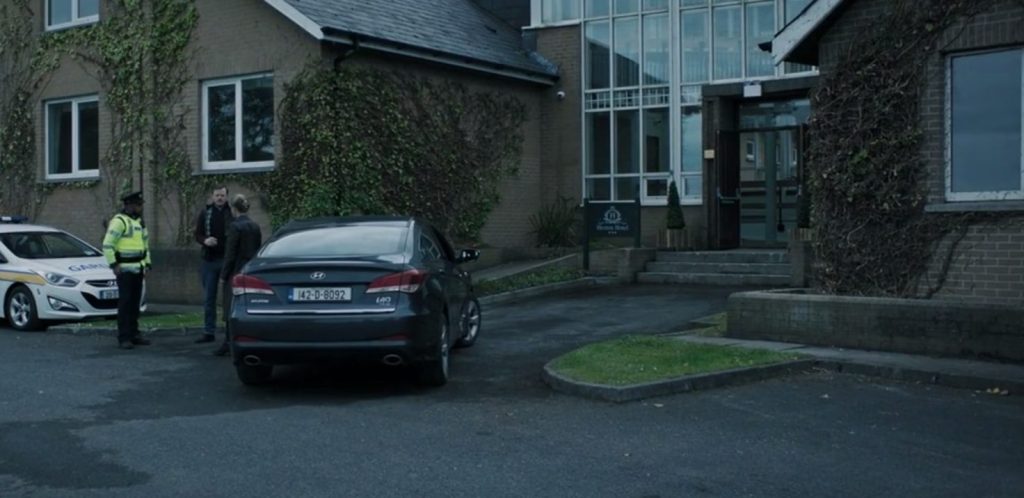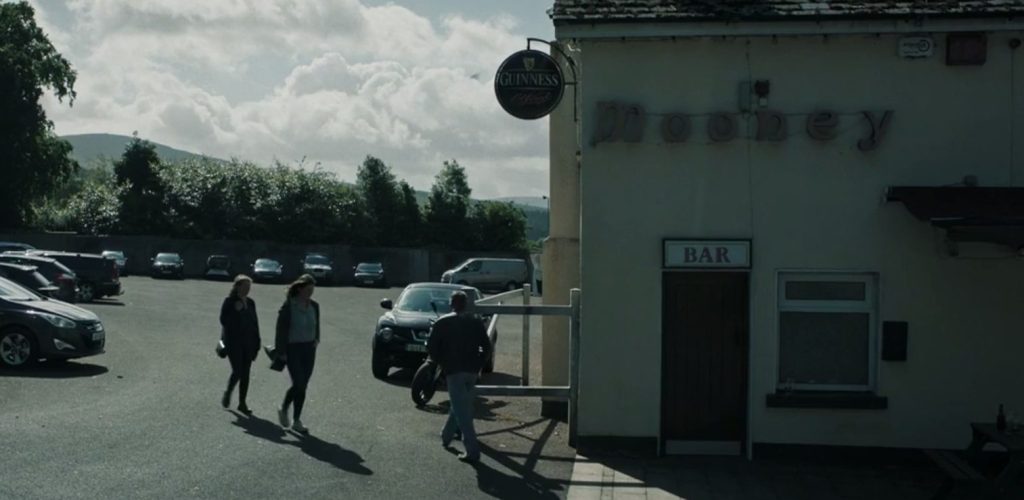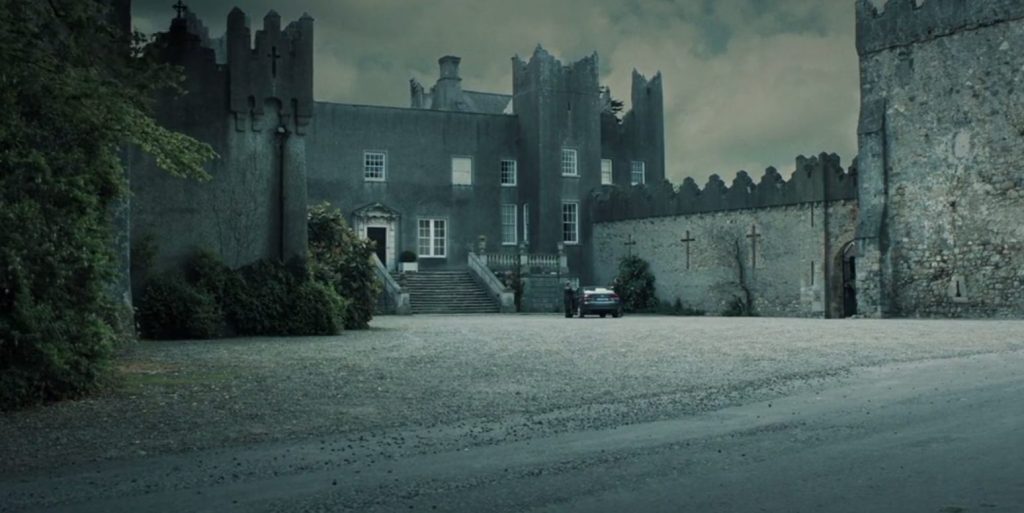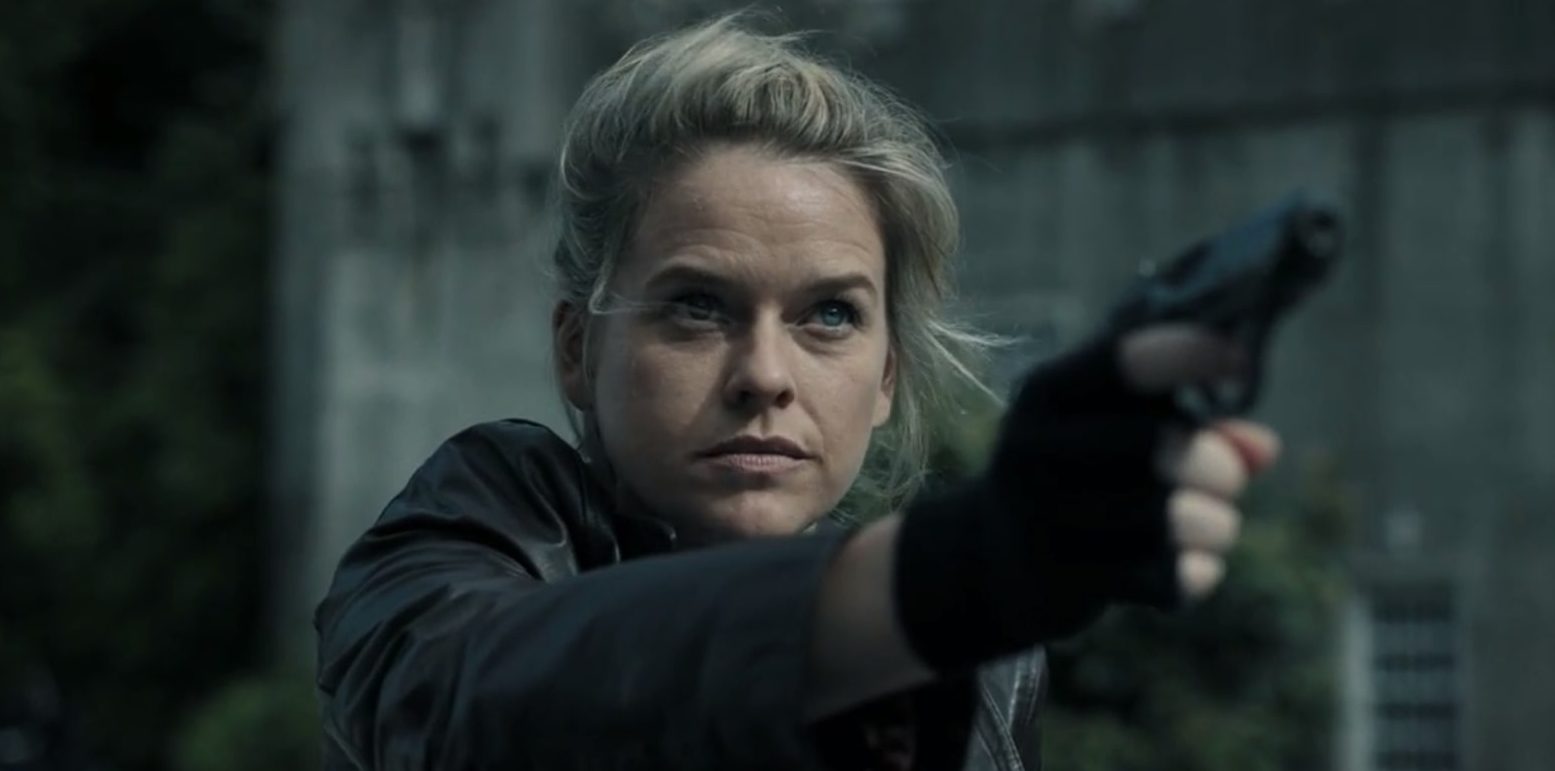In ‘Cult Killer,‘ a newly inducted private investigator, Cassie Holt, finds herself embroiled in a widespread conspiracy as she digs into the murder of her mentor, Mikeal Tallini. Soon, Cassie is contacted by a serial killer, Jamie Douglas, whose methods, although brutal, aid in uncovering the mystery at the heart of the narrative. As such, the protagonist finds herself leaping from one location to the next – ranging from the Heston Hotel, where Mikeal was bunking, to the Abernathy House, where Cassie crosses paths with Jamie for the first time, to the Mooney Bar, where she divulges Jamie’s hand in the crime to Detective Sergeant Rory McMahon. Each place lends more credence to Cassie’s examination and her acceleration towards the truth!
The Fictional Genesis of Heston Hotel
Heston Hotel in ‘Cult Killer’ is a fictional hotel conceived by Charles Burnley, who penned the film’s screenplay. In the narrative, it is the residence of Mikeal Tallini, Cassie’s mentor, who was killed while he was on his way to the hotel. After Mikeal’s murder, Cassie and Rory scour through his belongings to determine any clues concerning his stabbing death. However, they don’t find anything, as Jamie has already raided the place. Regardless, the hotel’s place within the story emphasizes the isolated and reclusive nature of Mikeal, who, rather than live in a permanent residency, opts to live in a hotel where he can move around freely without putting any roots down.

While the Heston Hotel doesn’t exist in real life, a similarly named hotel can be traced to Hounslow, London, known as the Heston Hyde Hotel. It is part of the luxury hotel market in the metropolitan city, close to Central London and Heathrow Airport. While the two hotels may share some aspects of their name, they differ in their location, as the Heston Hotel is narratively set in Ireland. As ‘Cult Killer’ was filming in Dublin, the capital of Ireland, scenes featuring the Heston were shot at an establishment in the capital city. Its brief appearance within the film marks its equally intangible roots as a fictional hotel that cannot be found in reality.
Mooney Bar is Not a Real Bar
After establishing a link with Jamie, Cassie immediately takes a detour to the Mooney Bar, where she meets up with Rory and tells him everything she learned from the serial killer woman. In its confines, the pair learn that Jamie has committed another murder. Desperate to avoid any more deaths, they call her and plead for her to give herself up. While the bar plays host to a series of pivotal discussions between Cassie, Jamie, and Rory, it is a fictional place constructed by Charles Burnley under the direction of Jon Keeyes.

An establishment with a similar name can be found in Dublin known as Mooney’s Bar & Restaurant on Abbey Street, North City. The bar directly connects to the street, which separates it from the Mooney depicted in the film, which is resplendent with a parking lot and a small inner complex that must be traversed before availing the bar’s entrance. Like the Heston Hotel, filming for the Mooney Bar scenes took place in Dublin, Ireland. The bar provides an intimate atmosphere for Cassie and Rory when having their sensitive discussion. However, it is a place that is relegated to the realms of fiction with no connections to reality.
Abernathy House is a Fictional Family Home
The Abernathy House is the mansion where Cassie runs into Jamie for the first time in her investigation. The two women have shared tragedies in their past, yet it still leads to a confrontational meeting in the confines of the residency. However, as the narrative progresses, they manage to establish an understanding and a begrudging acceptance of one another’s methods – even if they fall on the side of recklessness. In the film, the stately home is said to be one of the last remaining rich family estates owned by a man named John Abernathy, who is part of the cabal being investigated by Cassie in relation to the murders that spring up at the beginning of the narrative.

Wealthy family estates with historic legacies can be found littered around Ireland. For instance, two Georgian establishments, Grenane House and Lismacue House – a 300 and 200-acre home, respectively – are still functional and serve as the homes of families who have resided there since at least the 17th century. Thus, it is not unrealistic to portray the Abernathy House as a legacy domain where an opulent widower has used his generational wealth to indulge in his proclivities without anyone else suspecting it. However, it is a fictional estate that only exists in the confines of the narrative of ‘Cult Killer.’
Read More: Best Serial Killer Movies on Netflix


You must be logged in to post a comment.